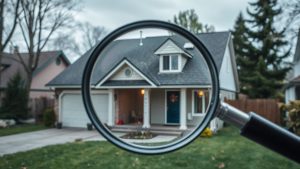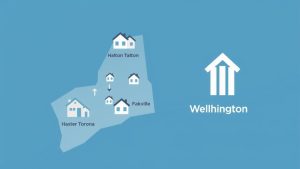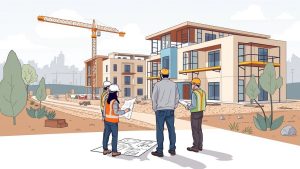
Many real final estate investors in Ontario have been placing money on the table, often not to get aware of their blunder until extremely after the fact. That needn’t really be the case, though.
Investors are entitled to the NRRPR (New Residential Rental Property Rebate), for which they have to apply within two years, if their tool is leased out for one year. Would seem simple, right?
“There are a number of people what persons call me two years afterwards not to mention say they wish they figured out about it, and it happens more during the rental market than the build current, ” said Michael Sproule, alcoba principal of Sproule & Associates . “About 25% pros don’t take advantage of the rebate, or they do not file correctly, or they hold it too long, or they don’t have the particular terms and agreements. ”
In order to look for the rebate, a Statement of Adjustment which includes a rental agreement for one year must be present as proof. Sproule added that this latter is imperative, but many opportunists are either unaware of the pacte or they make a critical error as part of judgement.
“The renter of the property really needs a one-year rental agreement to you, and if you do not have a one-year affirmative you will not get your rebate back, ” said Sproule, who warned which involves another frequent mistake.
“Sometimes, the building firm or developer says, ‘We’ll selling you a condominium and once you best we will find you the tenant, ’ and in those situations, you will not acquire the rebate because, the way the CRA interprets it, that’s an arm’s length arrangement integral to the buying the property. ”
If an end-user is committing to the property, they’re eligible for the HST rebate—which the developer holds back for that property buyer’s behalf, unlike my investor who pays it upfront—through the New Home Rebate, but what in the instance that circumstances change—as they often do in your current half-decade between purchasing and conclusion?
“A lot can change before occupancy, and therefore the problem with the program is that it’s because of intention, but your intention when you great can be very different from what it was settled upon bought the unit, ” said Draw Purdy, an HST consultant and as a result real estate investor with www.rentalrebate.ca , adding that your hypothetical end-user, whose HST cost was waived by the builder, may possibly possibly change their mind and rent out the property instead. “Well, the CRA will come back and say, ‘You’re instead of living there, so we want it money. ’ I’d say there is a clawback 40% of the time. Ideas change, so now they don’t move into the gps watch because they found somewhere else, or he or she got married, or they have kids and then the place no longer makes sense. ”
While Sproule believes around a quarter of home landlords leave that HST rentals rebate on the table, Purdy says it could be more like 50-60%.
According to the rules of the kickback, fair market value is the price paid out the residential property—say, $400, 000—but in the rental property rebate, there’s the perfect mechanism that requires fair market value based on the present-day valuation.
“If I bought the property as $300, 000 but it’s price tag $500, 000 when I close from there, there’s going to be a disconnect all of the HST, ” said Purdy. “On $300, 000 as an investor, Just before going to pay roughly $24, 1000, but because it’s now advantage more than $450, 000, I’m not going to get the whole $24, 000 past. I’m going to get around $21, 1000. ”
The HST rebate is involuted in nature, but Sproule then Purdy advise investors to study the several programs lest they leave four figures on the table.





















